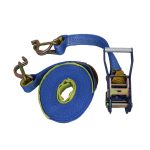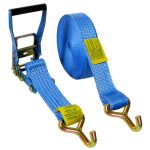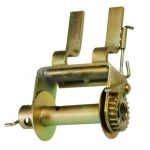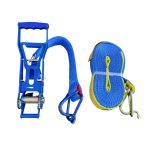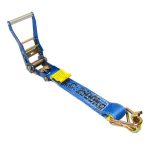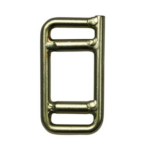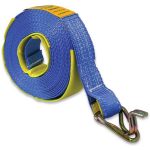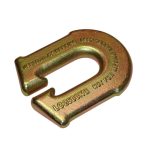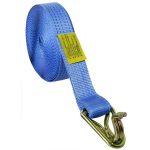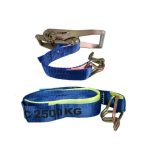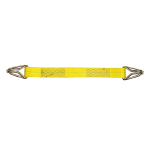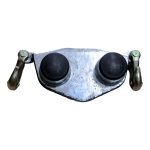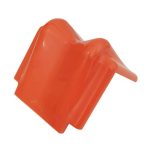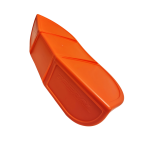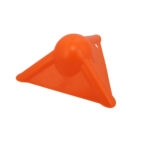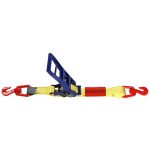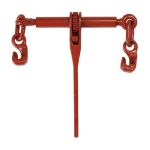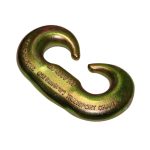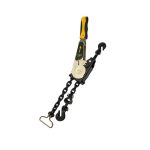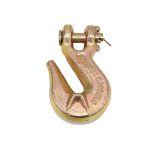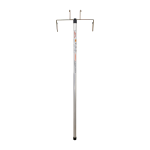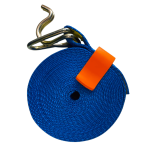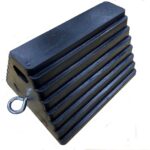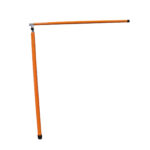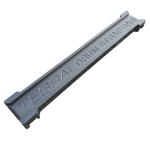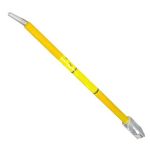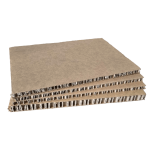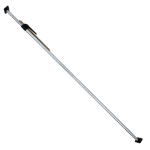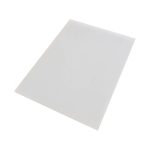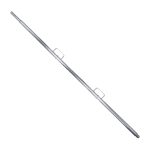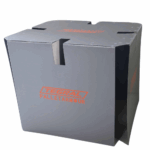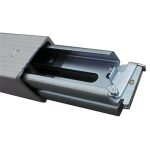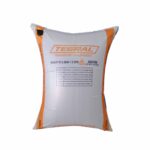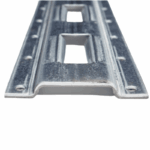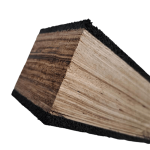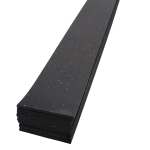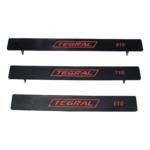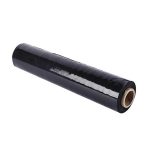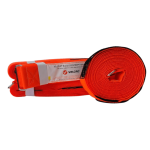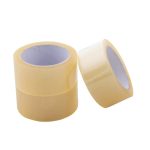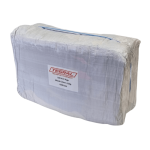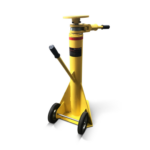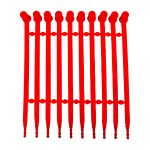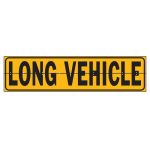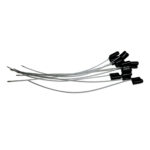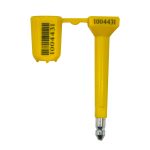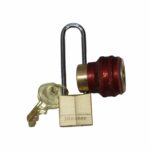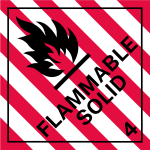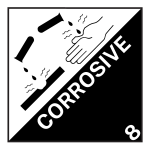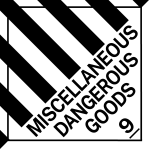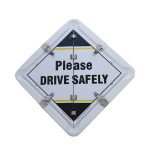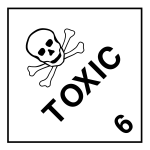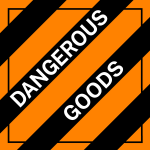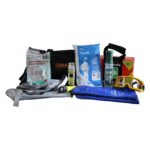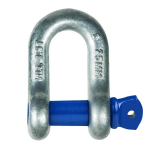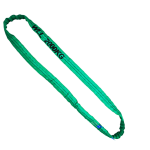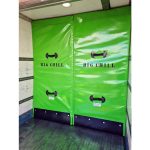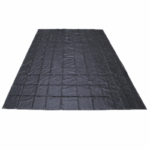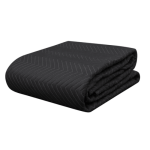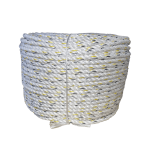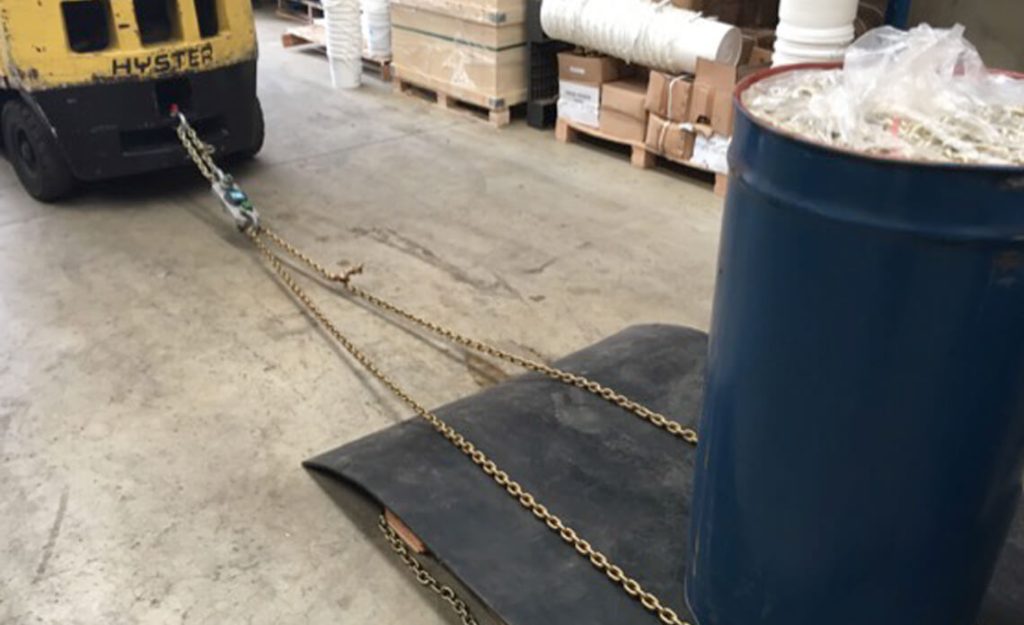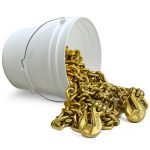[vc_row][vc_column][vc_column_text]
Protect A Load Friction Mat Testing
Date : 16/01/2018
Ref: E00728
Author: Paul Dore,
BEMech, MIEAUST
Logistics Engineer, Engistics
Tel 0437 988 148
Reviewed: Mike Robertson
BEMech, CPEng, RPEQ
Managing Director, Engistics
Tel 0425 001 086
[/vc_column_text][vc_column_text]
Report Contents/Overview
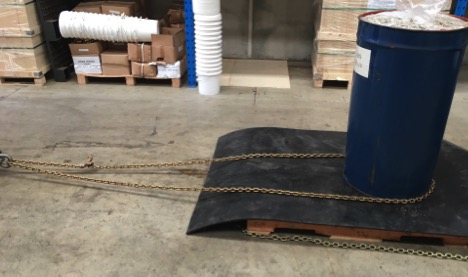 Introduction and Purpose of Testing
Introduction and Purpose of Testing- Background – Tie Down Restraint
- Equipment and Set-up
- Methodology
- Results and Observations
- Conclusion
Introduction/Purpose of Testing
- Engistics has been engaged by Protect A Load to assist with testing the
coefficient of friction of their Transport load matting (“Protect A Load Friction
Matting”). - Typical Australian trailer decks are made of steel and load matting is used to improve the grip between the load and the steel deck.
- The friction coefficient is a measure of the ‘grip’ between two surfaces. To
determine this friction coefficient, we conduct tests by dragging loads and measuring the forces involved. - Tests to determine the friction coefficient have been conducted in both wet and dry conditions.
- The test results published in this report only apply to the particular type of matting tested.
- Protect A Load should be aware that these results do not apply to other
types of matting/rubber and should ensure matting types and manufacturer/suppliers are not changed without confirming equivalent friction.
Background – Tie-down Restraint
- Understanding Friction is critical for the tie-down method
- Friction is the force that resists motion (grips) between two surfaces
The Straps pull DOWN! and Friction Holds the Load BACK!
Friction is a function of only:
- The friction factor (Usually called the
friction Coefficient) – the “grip” between two
surfaces, and - The down-force
Down-force is a combination of:
- The weight of the object
- The vertical
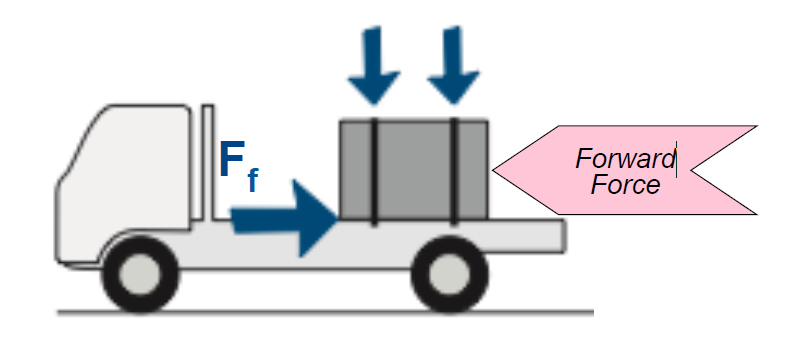
Equipment and Test Setup:
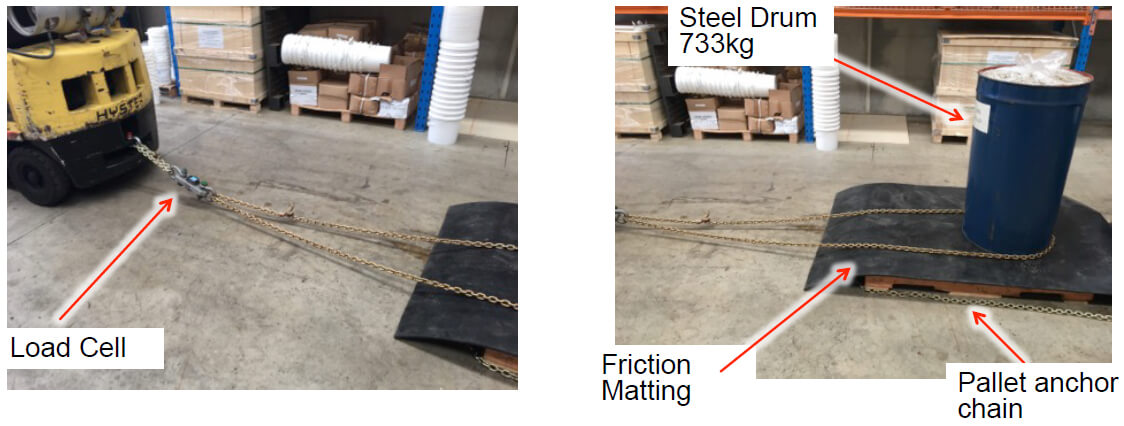
- To measure the friction coefficient, a steel drum has been dragged across the matting.
- The force required to drag the drum compared to the actual weight of the drum is a measure of the friction coefficient
[/vc_column_text][vc_column_text]
Friction Coefficient = Drag Force (kg.f) / Drum Weight (kg)
Equipment and Test Setup:
Load Cell Calibration Certificate
[/vc_column_text][vc_row_inner][vc_column_inner width=”1/2″][vc_column_text]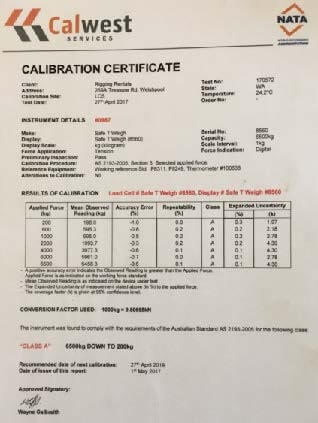 [/vc_column_text][/vc_column_inner][vc_column_inner width=”1/2″][vc_column_text]
[/vc_column_text][/vc_column_inner][vc_column_inner width=”1/2″][vc_column_text] [/vc_column_text][vc_column_text]
[/vc_column_text][vc_column_text] [/vc_column_text][/vc_column_inner][/vc_row_inner][/vc_column][/vc_row][vc_row][vc_column][vc_column_text]
[/vc_column_text][/vc_column_inner][/vc_row_inner][/vc_column][/vc_row][vc_row][vc_column][vc_column_text]
Equipment and Test Setup: Test Weight Measurement
[/vc_column_text][/vc_column][/vc_row][vc_row][vc_column width=”1/2″][vc_column_text] [/vc_column_text][/vc_column][vc_column width=”1/2″][vc_column_text]
[/vc_column_text][/vc_column][vc_column width=”1/2″][vc_column_text]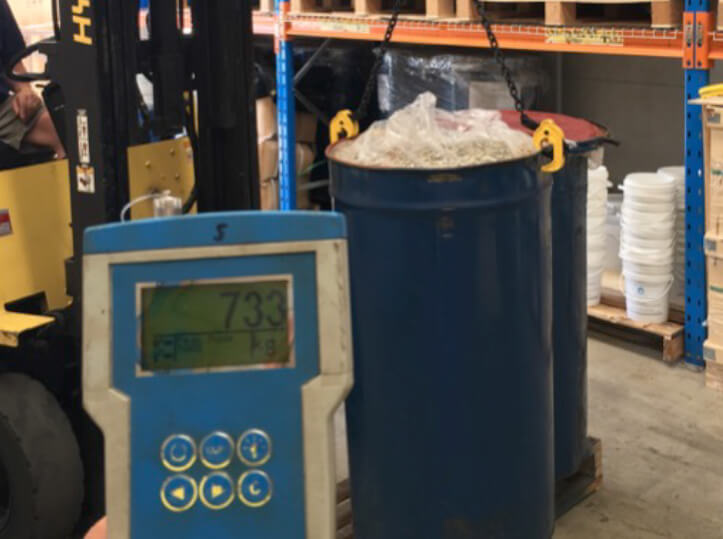
- The steel drum was measured to be 733kg.
- The drum was observed to be smooth on the underside and free of significant corrosion.
[/vc_column_text][/vc_column][/vc_row][vc_row][vc_column][vc_column_text]
Methodology:
[/vc_column_text][vc_row_inner][vc_column_inner width=”1/2″][vc_column_text]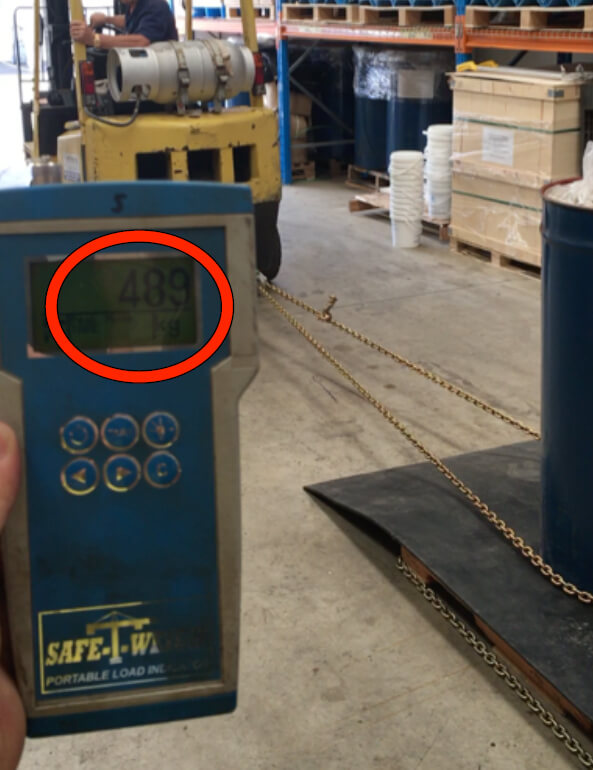 [/vc_column_text][/vc_column_inner][vc_column_inner width=”1/2″][vc_column_text]
[/vc_column_text][/vc_column_inner][vc_column_inner width=”1/2″][vc_column_text]
- The load cell was setup in-line with the load.
- The ‘Peak hold’ function was used to measure the tension at the point of load movement.
- 5x tests were repeated with both wet and dry matting
- The static friction coefficient was determined as below:
[/vc_column_text][/vc_column_inner][/vc_row_inner][/vc_column][/vc_row][vc_row][vc_column][vc_column_text]
Friction Coefficient = Drag Force (kg.f) / Drum Weight (kg)
[/vc_column_text][/vc_column][/vc_row][vc_row][vc_column width=”1/2″][vc_column_text]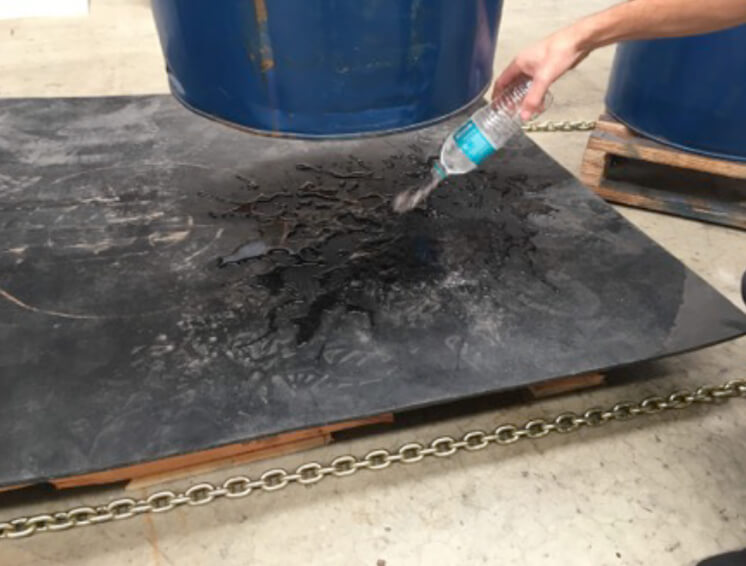
- Generous amounts of water were poured onto the rubber (below the drum) before repeating the test.
- Lower friction coefficients were observed with water on the surface of the rubber.
[/vc_column_text][/vc_column][vc_column width=”1/2″][vc_column_text]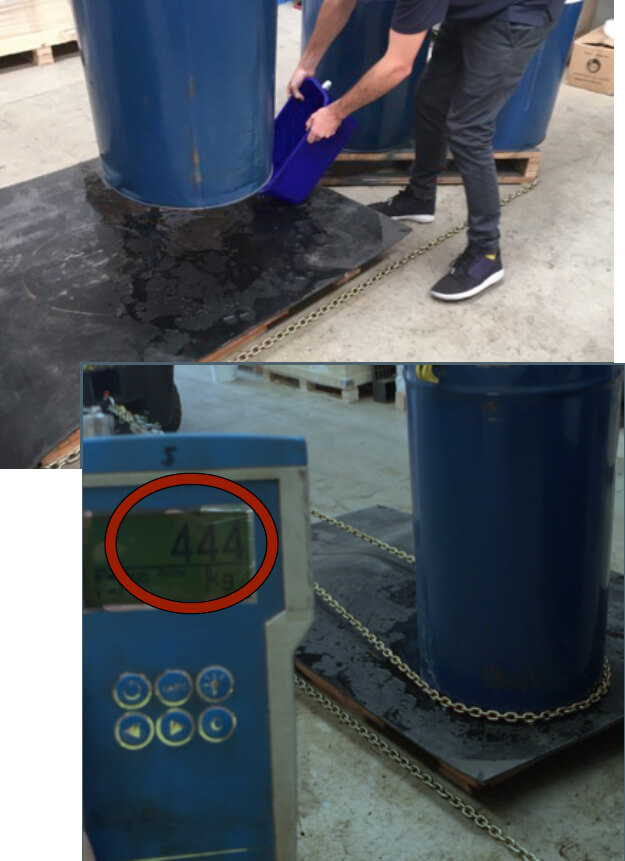 [/vc_column_text][/vc_column][/vc_row][vc_row][vc_column][vc_column_text]
[/vc_column_text][/vc_column][/vc_row][vc_row][vc_column][vc_column_text]
Results and Observations:
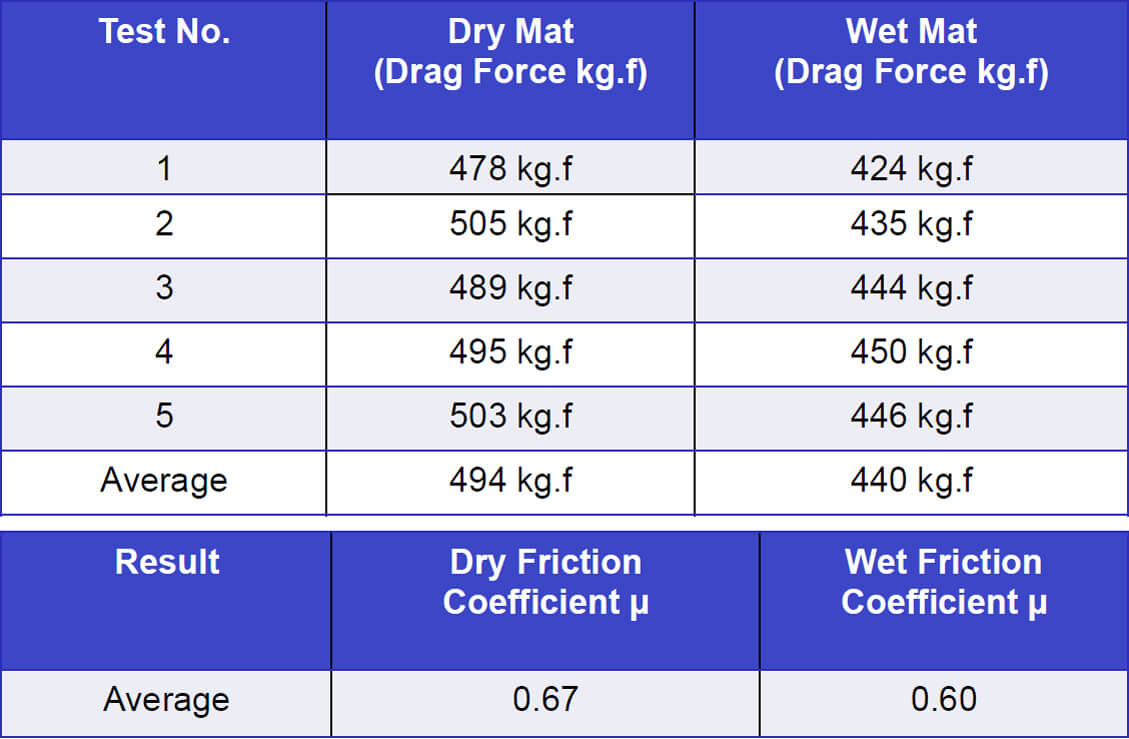
Tests showed pleasing consistency of results.
Photo of test surface – After test Completion
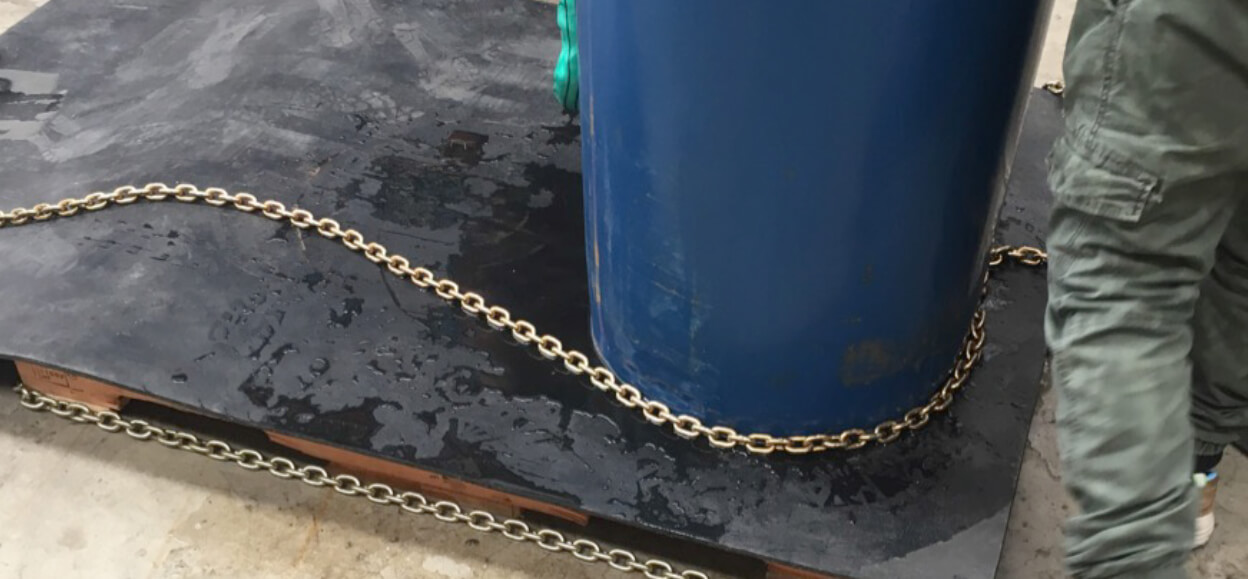
- The mat surface was smooth and free of any surface wearing on completion of the test.
- The drum did not bite into the matting. Results obtained are a true value of the steel/load mat friction coefficient.
[/vc_column_text][/vc_column][/vc_row][vc_row][vc_column][vc_column_text]
Conclusion
- The average coefficient of friction between the Friction Matting and a steel drum was determined to be μ=0.67 dry and μ = 0.6 wet
- Engistics recommends utilising the wet coefficient of friction only for determining tie down restraints.
- Testing has shown the rubber to be capable of achieving a consistent high level of friction.
 Please note that to achieve adequate restraint, additional consideration needs to be given to:
Please note that to achieve adequate restraint, additional consideration needs to be given to:
- Blocking
- Pre-tension
- Lashing Angles
- Weight of the Load
[/vc_column_text][/vc_column][/vc_row]




